Wondermondo 🢖 World 🢖 Wonders of South America 🢖 Wonders of Ecuador
Territory
Wonders of Ecuador
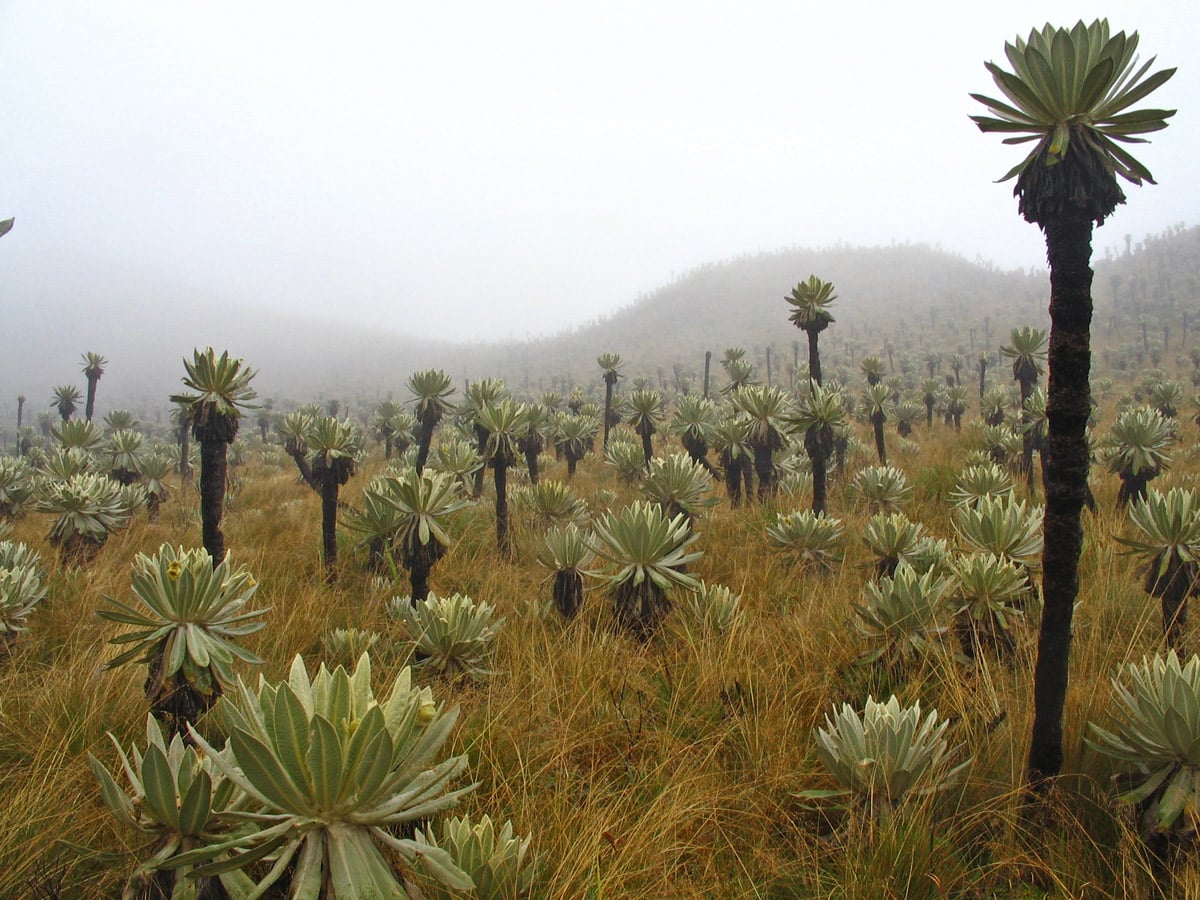
 Highlights
Highlights
Although Ecuador is somewhat smaller than its neighbors, the country nevertheless has a very diverse landscape and high diversity of cultural and natural wonders.
The most amazing wonders of Ecuador are:
- Late Renaissance and Baroque architecture. This might be surprising – but this faraway South American country has splendid examples of these European styles of architecture! Most amazing are several churches in Quito – Church of the Society of Jesus, Church and Convent of San Francisco.
- Historical cities. It is possible that Quito has the most beautiful historical center in South America – thousands of buildings here have valuable architecture. Also, such cities as Cuenca and Zaruma are rich with historical architecture. Much local flavor is added by the volcanic landscape around these beautiful cities.
- Biological diversity. Much explored and much known are Galápagos Islands – one of the wonders of the world. But not less impressive is the incredible diversity of Yasuni Forest – possibly the most biodiverse place in the whole world.
- Archaeological heritage. Ecuador is home to several indigenous archaeological cultures, including the very ancient Valdivia culture. In the whole country are made new discoveries of archaeological monuments, but many more might be expected. For example, Wondermondo has seen photographs of enormous stone sculptures in the endless forest around Pastaza River – and could not find any reports about these sculptures in the latest decades.
Map with the described wonders
If you see this after your page is loaded completely, leafletJS files are missing.
 Top 25 wonders of Ecuador
Top 25 wonders of Ecuador
Geological wonders
Cotopaxi volcano
Cotopaxi
5,897 m high volcano – one of the highest active volcanoes in the world. The mountain has beautiful, symmetrical cone and contains one of the rare equatorial glaciers in the world, starting at the height of 5,000 m.
Chimborazo
Chimborazo
The farthest point on the Earth’s surface from the center of Earth. The highest mountain in Ecuador, 6,268.2 m high. The ice near the summit is mined for transport to the nearby cities.
San Rafael Falls
Napo
131 m tall and 23 m wide waterfall, the tallest in Equador.
Pastaza Canyon
Tungurahua
Beautiful, jungle-covered canyon of Pastaza River. A road goes along the canyon, offering a view on 19 canyons along the way.
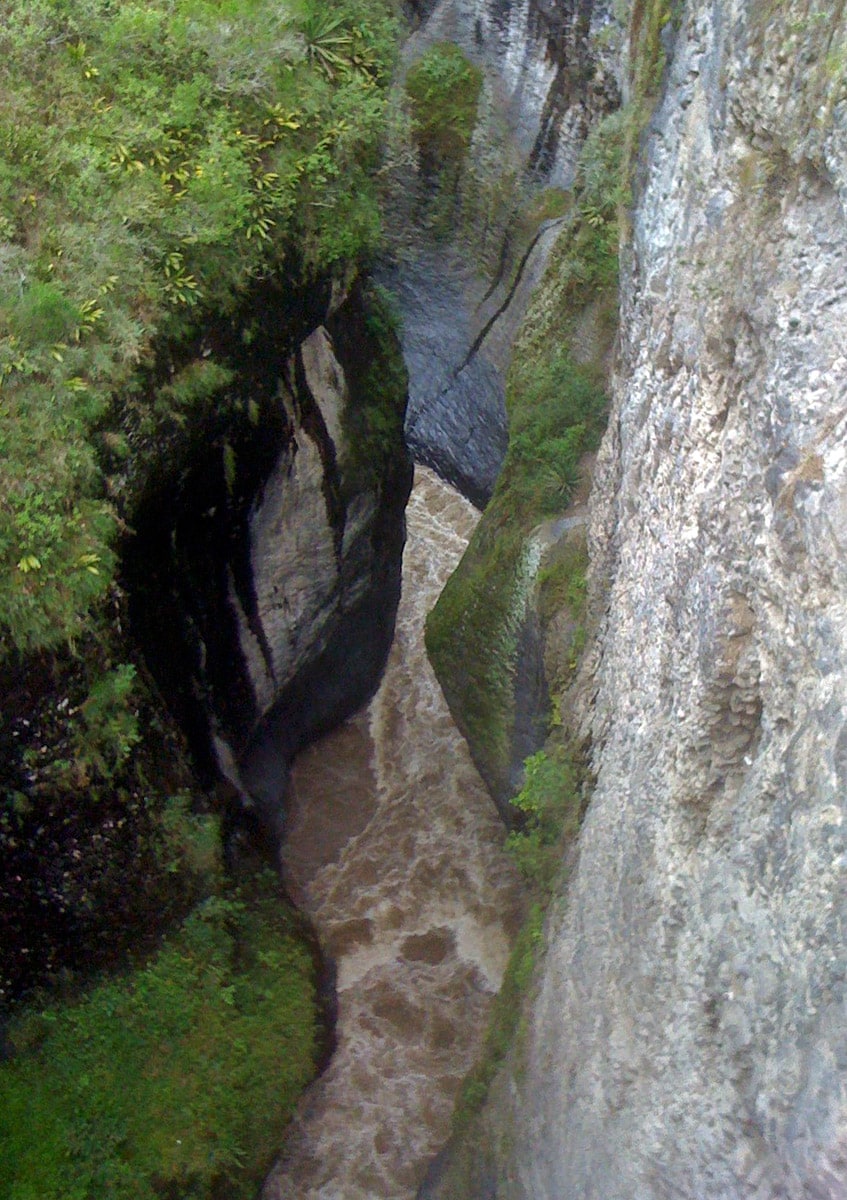
Biological wonders
Yasuni Forest
Orellana and Pastaza
Possibly the most biodiverse area in the world. In this rainforest, the diversity of reptiles, amphibians, freshwater fishes, birds, mammals, and vascular plants (with 2,700 – 4,000 species of plants per hectare) reaches their maximum for Western Hemisphere and often – the world. Uncontacted tribes live in the forest. Endangered and affected by oil extraction.
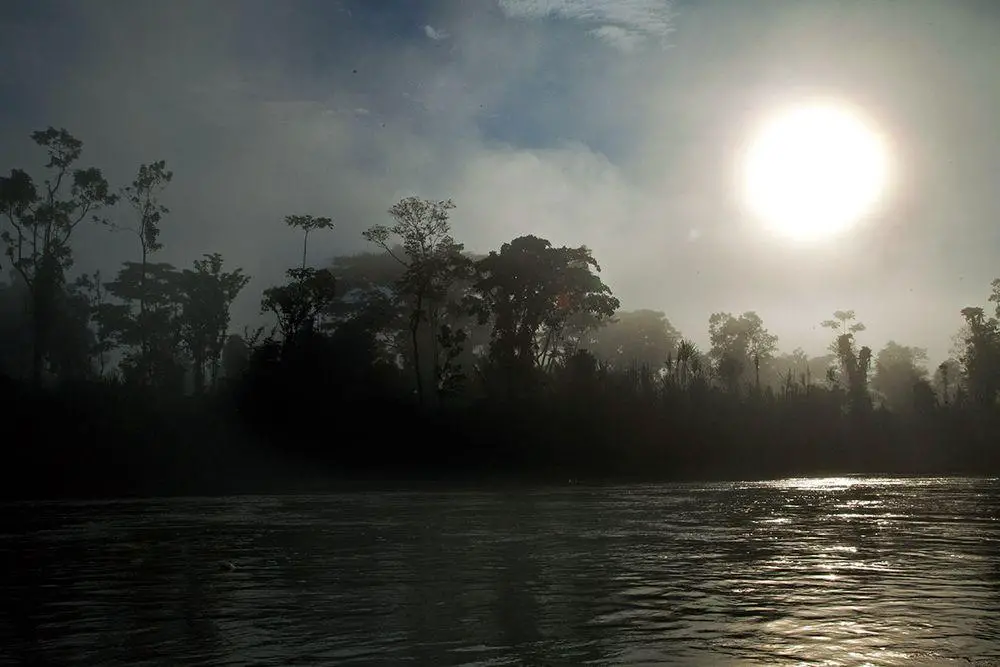
Puyango Petrified Forest
El Oro
A site with impressive, petrified trunks of giant araucarias. These fossil trees were growing some 5 million years ago. The largest pieces are 15 m long and with a diameter of up to 2 m. In this location are found also many other interesting fossils – ammonites, fish, snails, etc.
Paramo El Angel
Carchi
Beautiful montane meadows with tall frailejón plants (mainly Espeletia pycnophylla), creating an eerie landscape. One of the largest meadows with frailejónes.
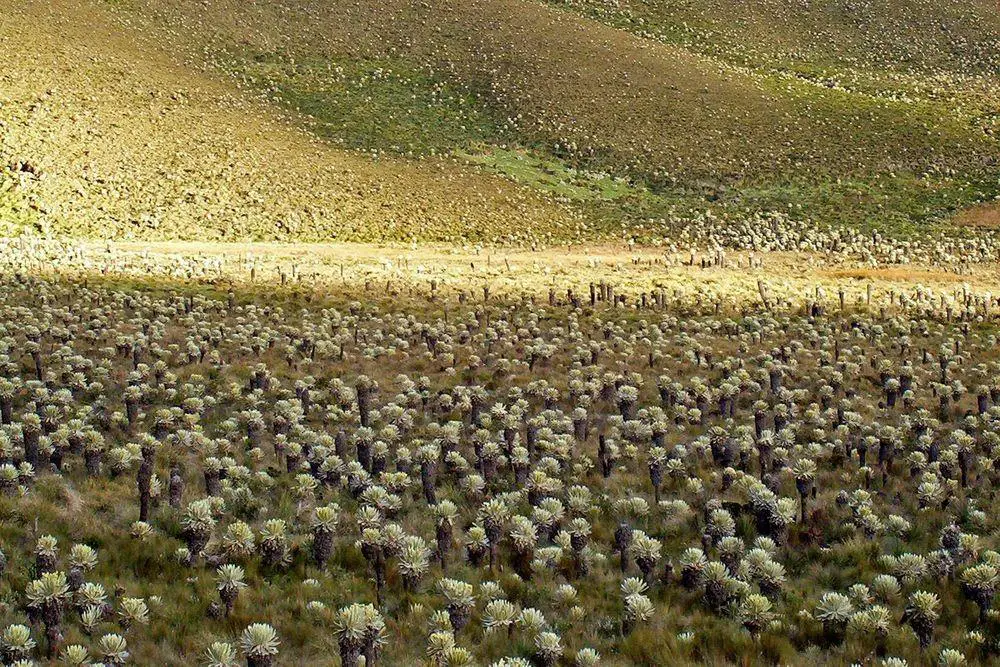
Archaeological wonders
Ingapirca
Cañar
Ruins of a prehistoric city of Cañari and Inca cultures. Largest ruins of Inca structures in Ecuador. Among the most interesting structures are the temple of the Sun, the palace, and the underground water supply system. The earlier Cañari structures are round.
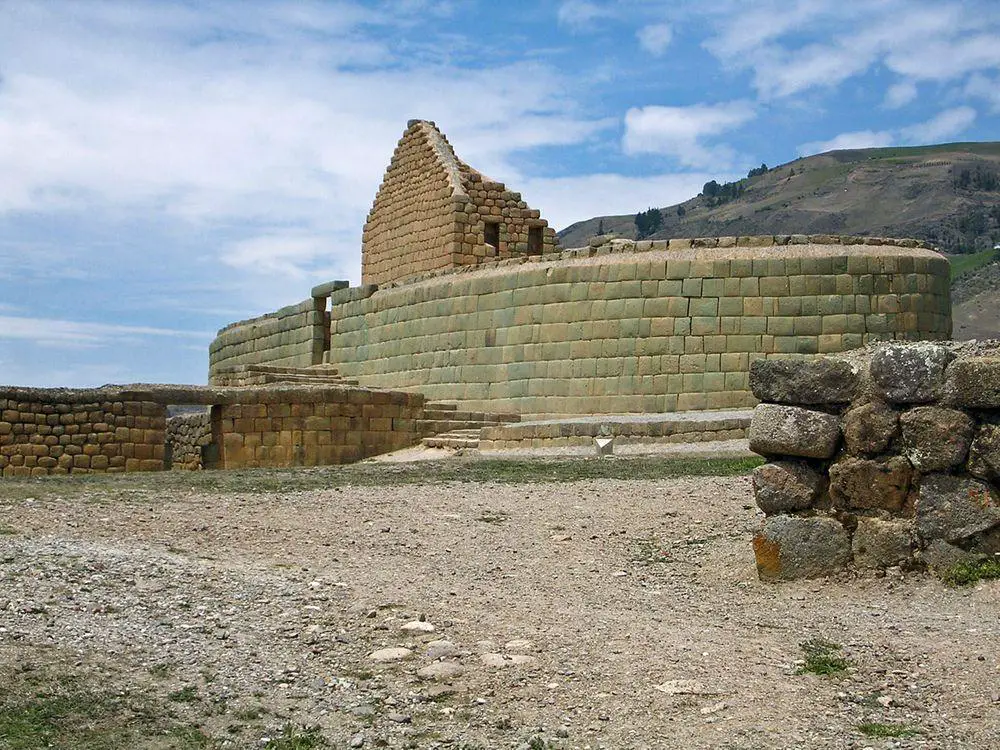
Malqui-Machay
Cotopaxi
Ruins of an interesting Inca settlement, possible burial site of the last Inca – Atahualpa. The site has sophisticated aqueducts and large stone walls.
Santa Ana – La Florida settlement
Zamora Chinchipe
Remnants of ancient Amazonian culture from sometime around 2450 BC. Ruins of circular buildings, tomb with numerous offerings. Characteristic vessels of polished stone with interesting iconography.
Pambamarca Fortresses
Pichincha
A complex system of fortresses on the top of an eroded volcano. These fortresses mark the border of the Inca Empire, where fierce battles took place in the late 15th – early 16th century. The largest is Quitolooma fortress with some 70 stone structures.
Architecture wonders
Church of the Society of Jesus, Quito
Pichincha
One of the pearls of Baroque architecture in the Americas, built in 1605 – 1765. Very ornate building with a gold-coated interior.
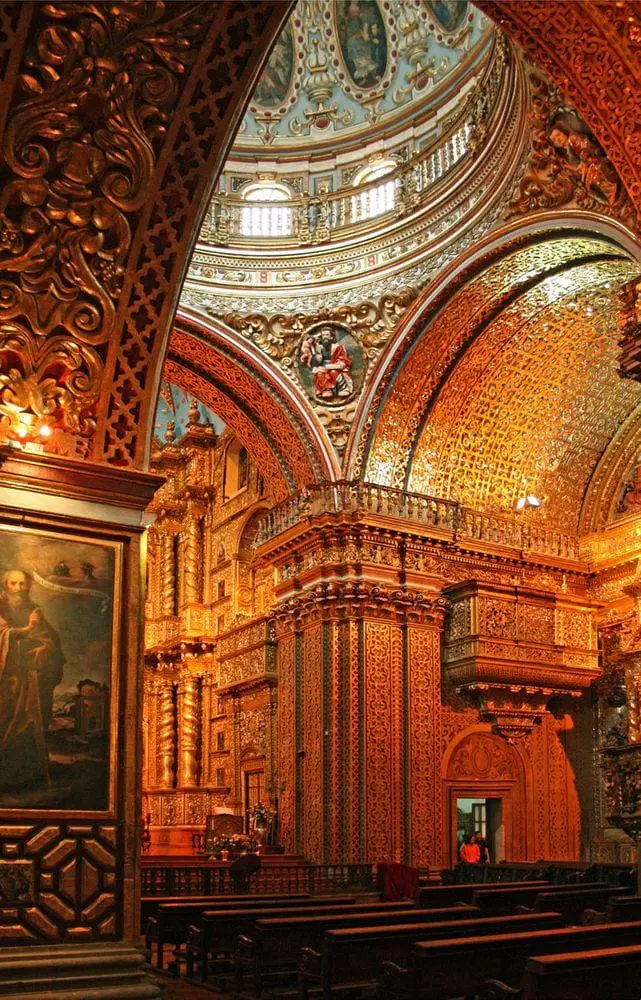
Church and Convent of San Francisco, Quito
Pichincha
The largest historical church building in the Americas, built in 1550 – 1680. This beautiful structure represents a harmonious blend of Renaissance, Mannerism, and Baroque styles. The interior is sumptuous, with much gold and other precious materials.
Quito, the historical center
Pichincha
One of the best preserved and most interesting historical city centers in the Americas. Contains more than 130 monumental buildings, rich with art values, and some 5,000 listed buildings.
Santo Domingo Church, Quito
Pichincha
An ornate church, built in 1580 – first half of the 17th century in Renaissance and Baroque styles. Interesting, rich interior with valuable sculptures.
Metropolitan Cathedral with El Sagrario, Quito
Pichincha
The main church in Quito, built in 1562 – 1877. Beautiful is El Sagrario – a Renaissance-styled chapel from the late 17th century with beautiful frescoes.
Riobamba Cathedral
Chimborazo
A beautiful cathedral in the Baroque style with an ornate facade. Rebuilt after the earthquake in 1810 – 1835.
Basílica del Voto Nacional
Pichincha
An enormous, ornate church – the largest church in Neo-Gothic style in the Americas. Built in 1892 – 1909, not entirely finished up to this day. The towers are 115 m high, basilica is 140 m long.
Cuenca, historical center
Azuay
A beautiful historical city, established in 1557 on the site of an earlier settlement – Tomebamba. Preserved numerous valuable buildings in colonial styles as well as the ruins of pre-European Tomebamba (Tumebamba). Most of the historical architecture in the city is from the 18th century, largely modernized in the 19th century, when the city was especially rich.
San Agustín Church and Monastery, Quito
Pichincha
Baroque-style church, built in the 17th century. Monastery has a cloister. A sumptuous interior of rooms.
Carondelet Palace
Pichincha
Government seat, an ornate palace, gradually built since the late 16th century. Largely rebuilt in Neo-Classicism style in the early 19th century and has ornate interiors.
Tulcán cemetery
Carchi
One of the most unusual cemeteries in the world, with beautiful topiary plantings – scrupulously sheared bushes in a form of grotesque humans, arcs, and different symbols.
Zaruma, historical center
El Oro
A beautiful colonial town, founded in 1560. The city has irregular, picturesque planning, and numerous ornate buildings.
New Cathedral of Cuenca
Azuay
An enormous and ornate cathedral, built in Neo-Romanesque style. Construction started in 1885 and lasted almost for one century. Three enormous domes rise above the structure.
Our Lady of El Cisne Church
Loja
A beautiful Neo-Gothic basilica, built in 1934. This church is modeled after a similar basilica in Harlungenberg, Germany. Here is located a miraculous sculpture of Madonna.
 Recommended books
Recommended books
Ecuador and Galapagos
Insight Guide Ecuador and the Galápagos is an indispensable guide to a land of epic scenery, astonishing wildlife, and fascinating cultural diversity, accompanied by stunning travel photography. Be inspired by our Best of Ecuador section highlighting unmissable sights and experiences and lavish Photo Features on textiles, colonial architecture, and the unique Galápagos birdlife.
Ecuador – Culture Smart!
Squeezed between Colombia in the north and Peru in the south, Ecuador is named for its location on the Equator and has a landscape so varied that it has been described as a microcosm of every microclimate found in South America. This diversity makes it a magnet for tourists, mountain trekkers, volunteers, and increasing numbers of US retirees looking for a warm, culturally interesting, economical, and safe place to spend much of their time.

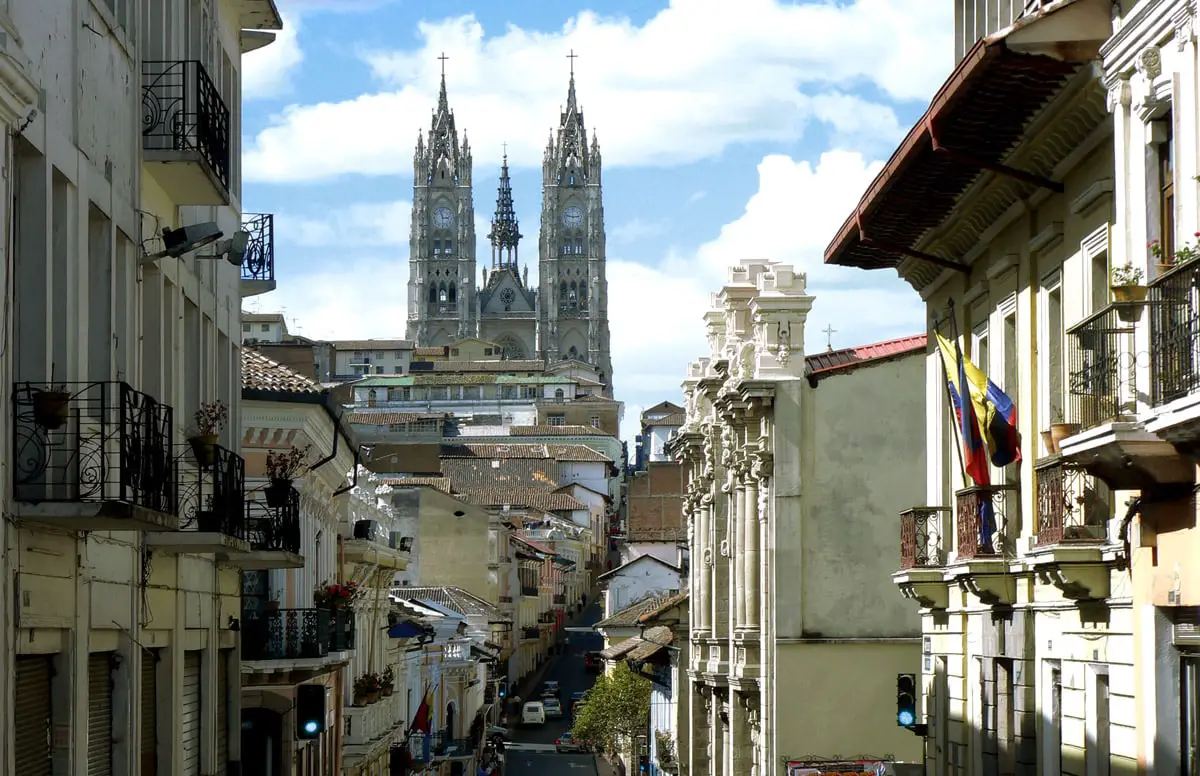
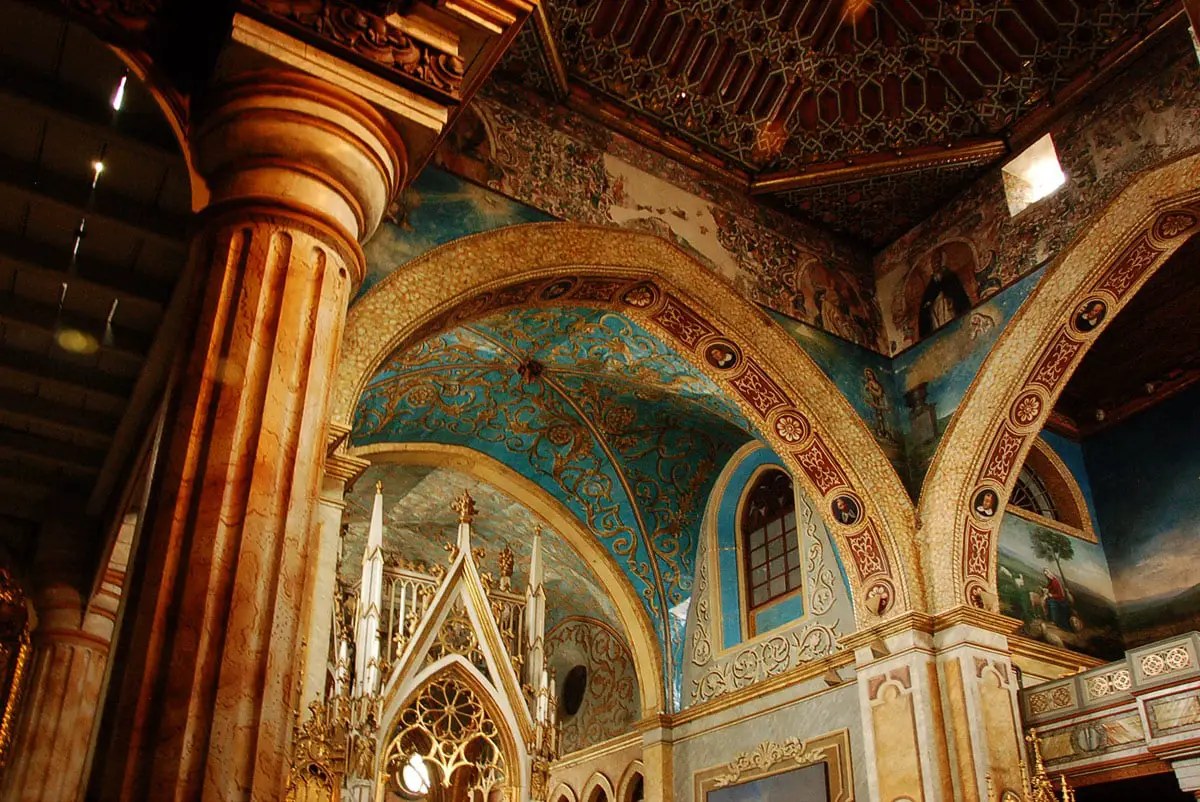


The New Cathedral of Cuenca is located in the province of Azuay, not Cañar.
Many thanks – corrected!